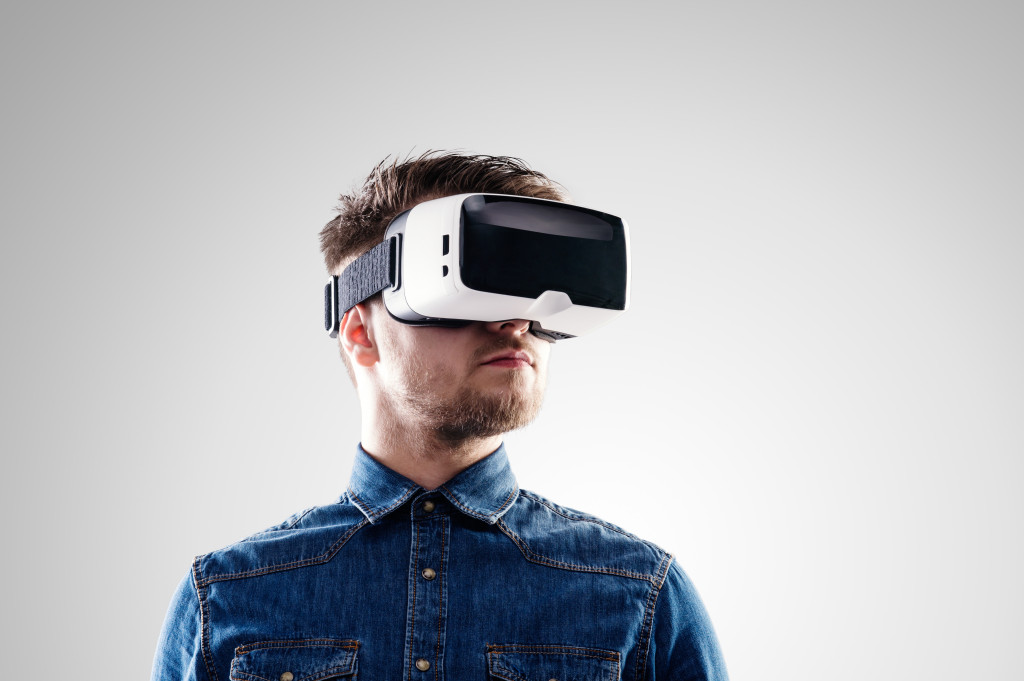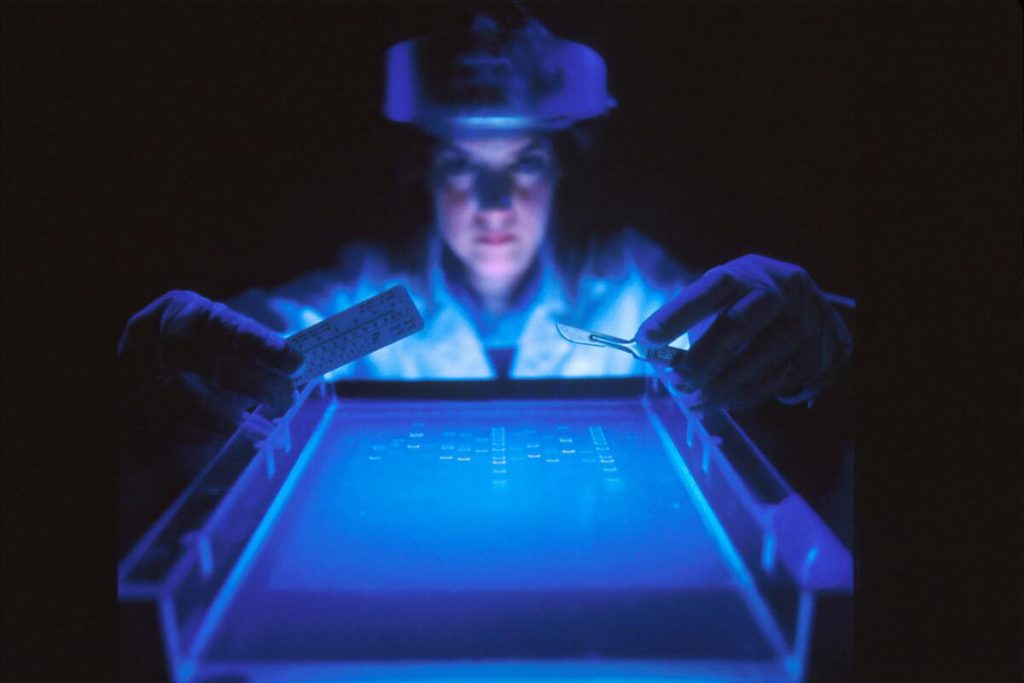Patients are benefiting from technological advancements in several ways. From innovations in healthcare technology to the latest apps and devices, patients can connect with their care team like never before. And this is just the beginning.
New technologies are emerging all the time, making life easier and better for patients. Here’s a look at some of the most groundbreaking advances in patient care technology.
Telemedicine
One of the most exciting advancements in patient care is telemedicine. This allows patients to consult with their doctors remotely using video conferencing and other similar technologies. This means that patients don’t have to take time off work or make a special trip to see their doctor.
Now, patients can just log in from their computer or phone. This is helpful for patients who live in rural areas or who have difficulty getting to a doctor’s office. And it’s not just for primary care visits. More and more specialists are also offering telemedicine appointments.
Telemedicine is changing the way patients receive care and making it more convenient than ever before. This also allows them to gain important recommendations from their respective healthcare providers, be it a family doctor, a nutritionist, or even their favorite dermatologist.
Skincare, for example, became a top priority during the pandemic and made more consumers invest in the best skincare products here and abroad. Instead of simply doing their own research, they use technologies like the internet and telemedicine to ask their favorite dermatologists about the best products they can use. This made self-care using skincare easier for those who need it the most.
Virtual Reality
Palliative care patients who are dealing with pain and other symptoms can now use VR as part of their care plan. Some experts use VR to distract patients from their pain and help them relax. It can provide information about their condition and treatment options.
VR is a new technology that is just beginning to be used in healthcare. But it has the potential to revolutionize the way we treat patients, especially those with chronic pain.
Another way virtual reality is changing patient experience is its ability to improve the mental health of patients. A study published in the journal Frontiers in Psychiatry found that VR can reduce anxiety and depression in patients.
The study found that VR was especially effective in reducing anxiety symptoms in patients with social anxiety disorder. VR can help people with other mental health conditions, such as post-traumatic stress disorder (PTSD).

Digital Therapeutics
Digital therapeutics are a new category of healthcare technology that is quickly gaining popularity. These are digital tools that are used to prevent, manage, and treat medical conditions.
Digital therapeutics can take many different forms, from apps that help people manage their chronic conditions to devices that deliver medication.
One of the most popular examples of digital therapeutics is the diabetes app Glucose Buddy. This app helps people with diabetes track their blood sugar levels, medication, and diet. The app also provides users with educational information about their condition.
Digital therapeutics are changing the way we think about healthcare. These tools have the potential to improve patient outcomes and make life easier for those with chronic conditions.
Robots
Robotics are being used to perform delicate surgery with minimal invasiveness. This means that patients can have surgery with less risk of complications.
Robots are also being used to assist in physical therapy. These robots can help patients regain their strength and mobility after an injury or surgery.
Rehabilitation robots are becoming increasingly popular, as they offer a more efficient and effective way to rehabilitate patients.
Robots are changing the way we deliver healthcare. They offer a more precise and less invasive way to perform surgery and provide rehabilitation. This is leading to better outcomes for patients and shorter hospital stays.
Robots are also becoming more affordable, making them accessible to a wider range of patients.
Nanotechnology
Experts are now using nanotechnology to develop new treatments for cancer. This technology can deliver drugs directly to cancer cells, which means that healthy cells are not affected.
Nanotechnology is also being used to develop new diagnostic tools. These tools can detect disease earlier and more accurately. This technology has the potential to improve patient outcomes and save lives.
Nanotechnology is still controversial, but it is clear that it has the potential to change the way we treat and diagnose disease. This technology is still in its early stages, but shows promising results that can revolutionize healthcare.
These are just a few examples of how medical technology is changing the lives of patients. These advancements have the potential to improve patient outcomes and make life easier for those with chronic conditions. With more research and development, these technologies will continue to change the way we think about healthcare.

